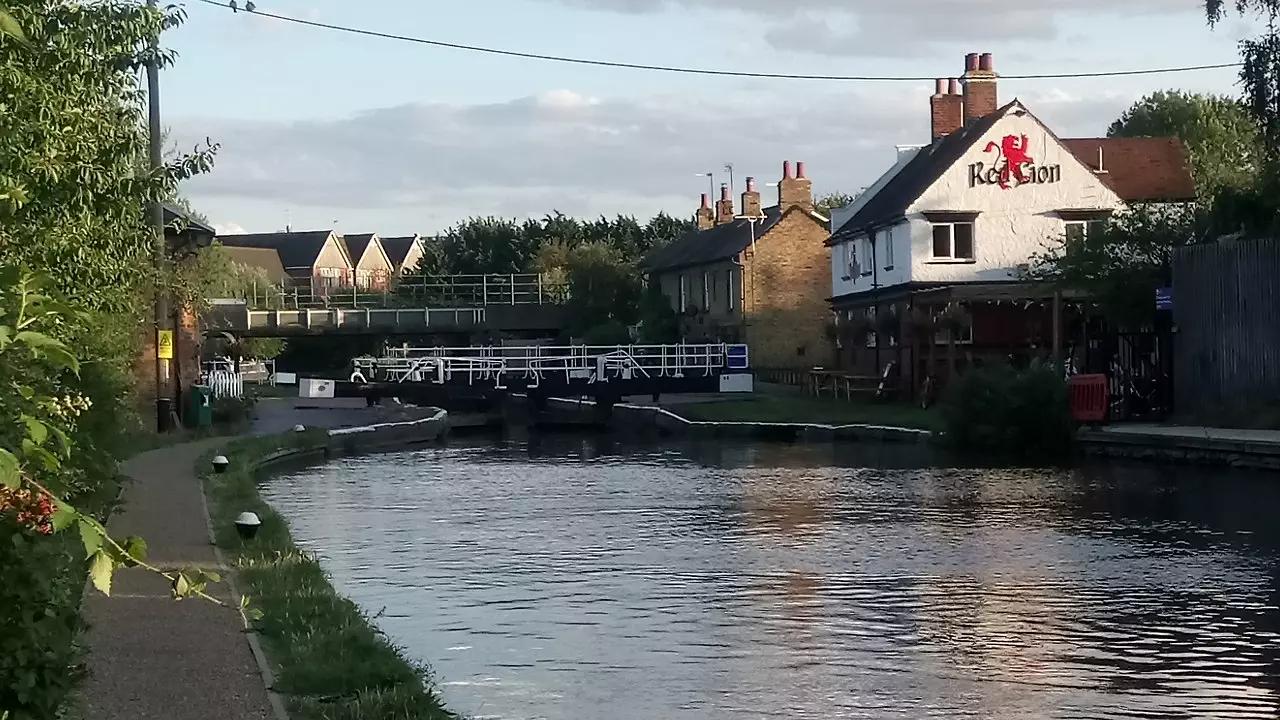Title: The Fascinating Story of Fenny Stratford: From Plague to Innovation
Fenny Stratford may be a small town on the edge of Milton Keynes, but it has a rich history that spans centuries. Originally an independent town, it was incorporated into Milton Keynes in 1967. The town’s name is an Old English word that means ‘marshy ford on a Roman road’.
During its long history, Fenny Stratford’s market was once a bustling spot, but the bubonic plague devastated the town in 1665, causing the London-Chester route to be diverted away and leading to the end of the market. However, in 1724, the construction of the new parish church marked a new chapter in Fenny Stratford’s history.
The town is also known for its unique ceremonial cannon, the Fenny Poppers, which are still fired ceremonially today. Browne Willis, a historian of the day, bought a house on Aylesbury Street, and the rent from this was used to pay for the sermon and gunpowder. While there is no record of the first use of the Poppers, they continue to fire three times on St. Martin’s Day.
Moreover, Fenny Stratford is the birthplace of the world’s first successful heavy oil engines, invented and built by Herbert Akroyd Stuart. There is a plaque commemorating this at the westerly end of Denmark Street in Fenny Stratford, and it is regarded as the precursor to what is now known as the Diesel engine.
The Grand Junction canal, stretching from London to Braunston, commenced operations in 1805 and passed through Fenny Stratford. During its construction, a provisional lock was put in place just north of the Watling Street canal bridge to resolve a local issue, and it still exists today. This waterway provided a cost-effective method of transporting goods and materials, resulting in the establishment of wharves along the canal, as well as Watling Street and Simpson Road. Over the course of the nineteenth century, numerous enterprises such as coalyards, brickworks, a brewery, gasworks, foundry, timber yard, and sawmill emerged in the area.
Today, Fenny Stratford continues to thrive as a small town, with various shops, restaurants, pubs, newsagents, and hotels centred mainly around Aylesbury Street. It is also home to an LGBT-friendly night club on Watling Street and Fenny Stratford railway station, one of the seven railway stations that serve the Milton Keynes urban area.
In conclusion, while Fenny Stratford may be small, it is a town filled with history, innovation, and unique traditions that continue to be celebrated today. It is a testament to the town’s resilience and ability to adapt to change.
